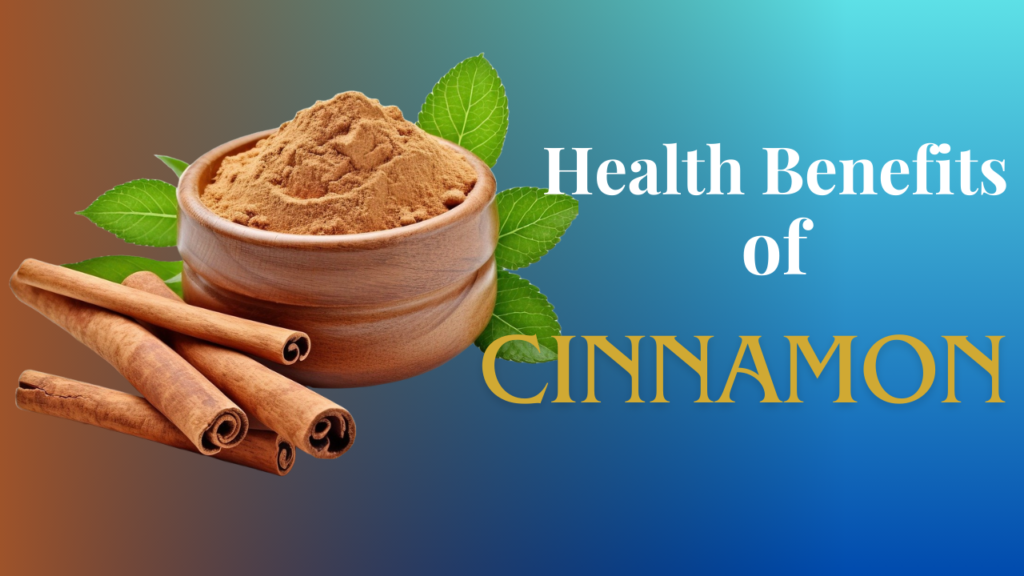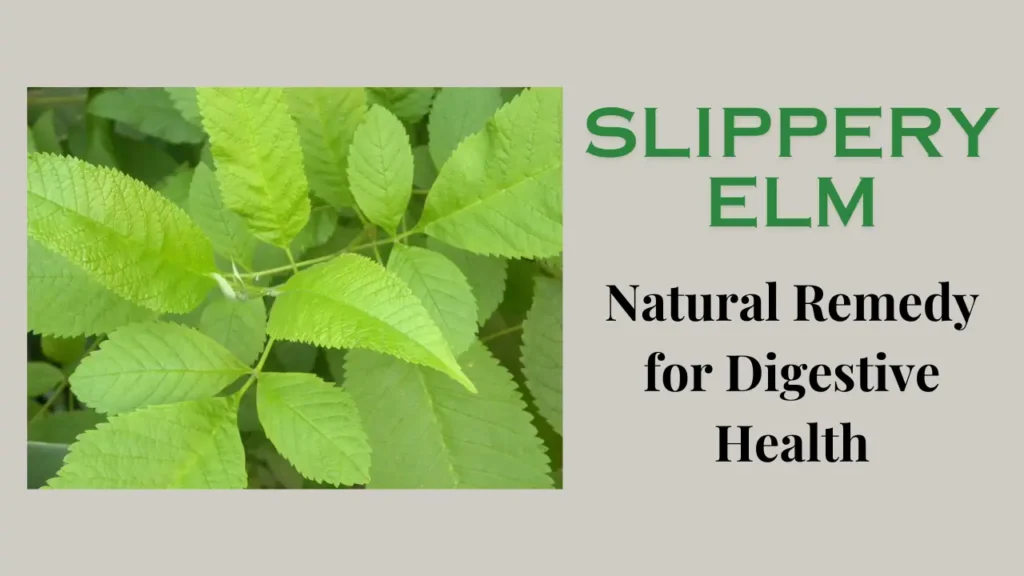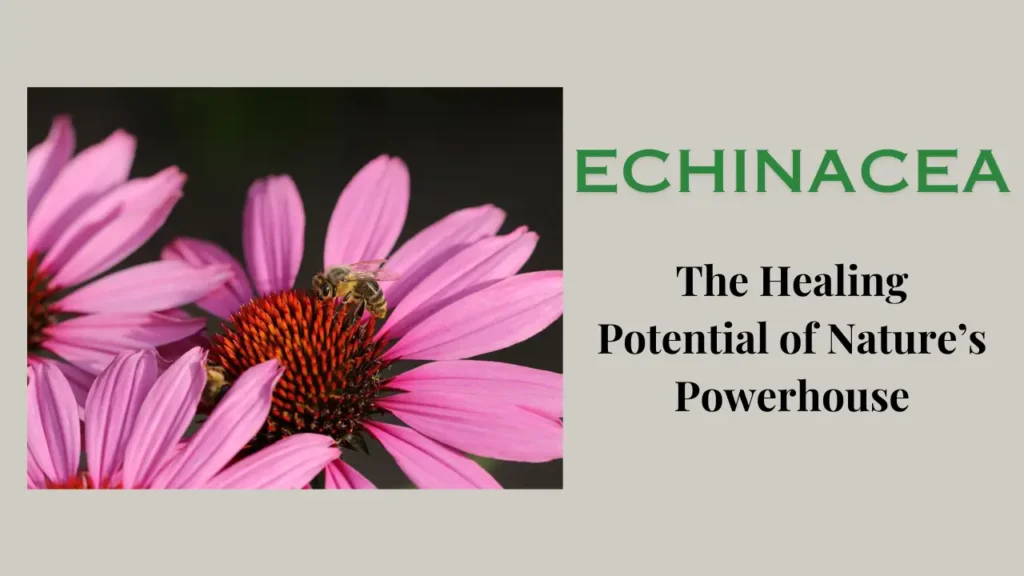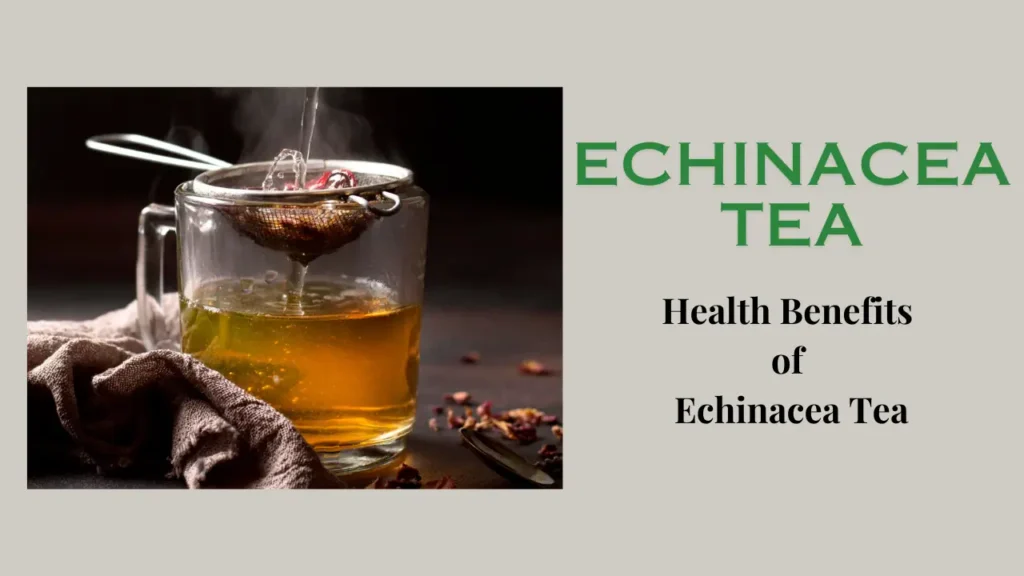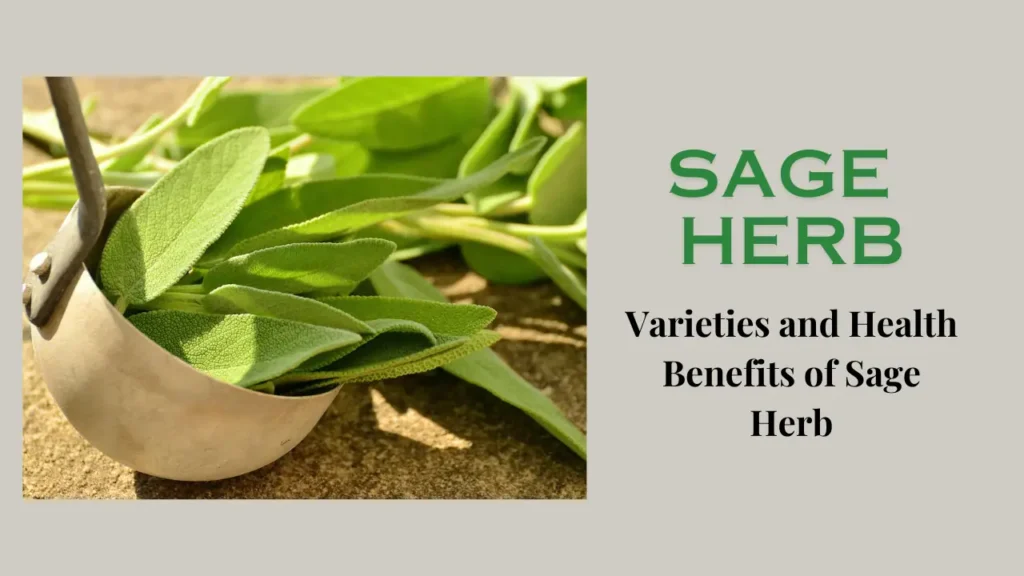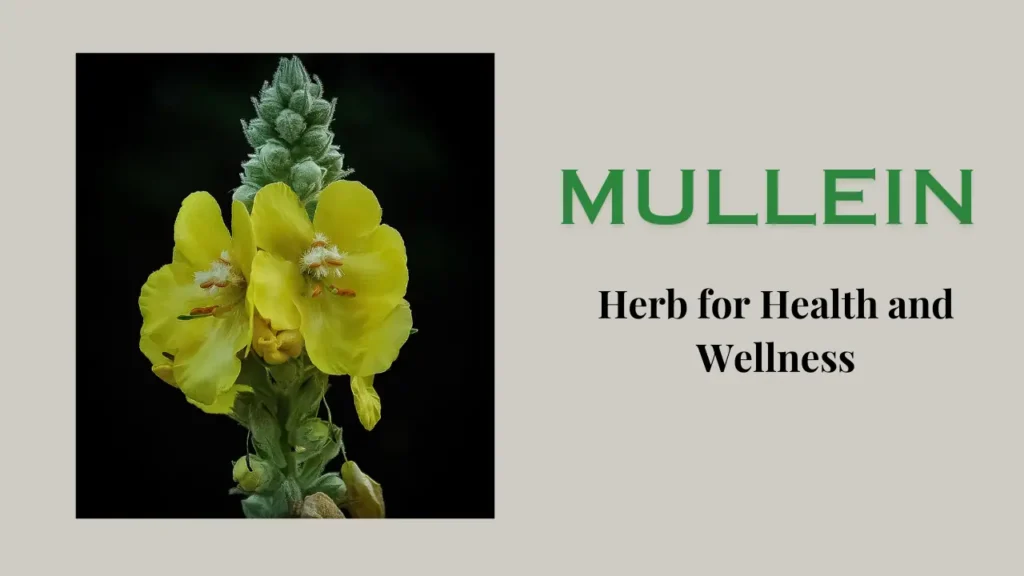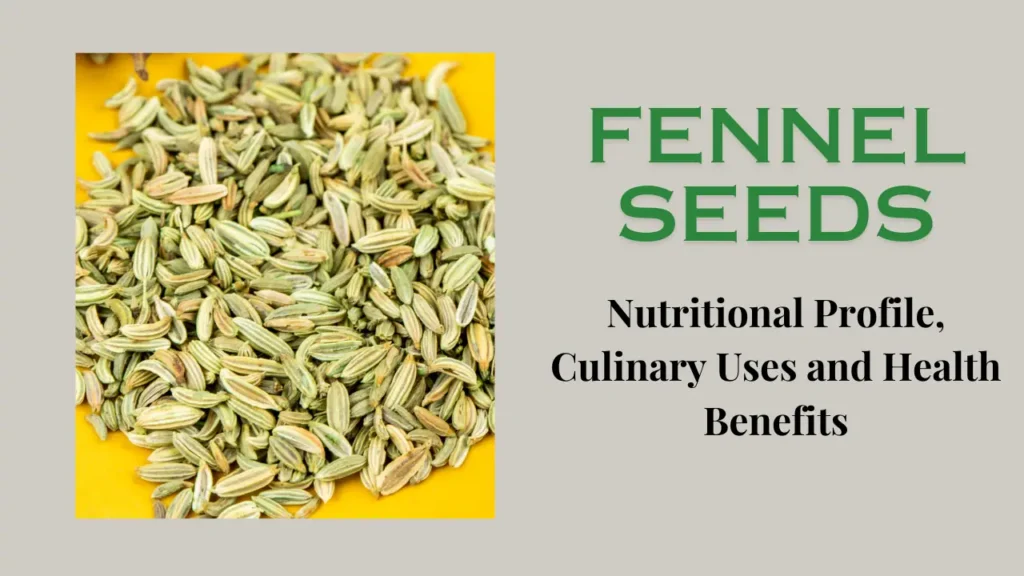Frankincense has been a cornerstone of herbal medicine for centuries because of its medicinal and spiritual properties. In this article, we will learn about it in detail.
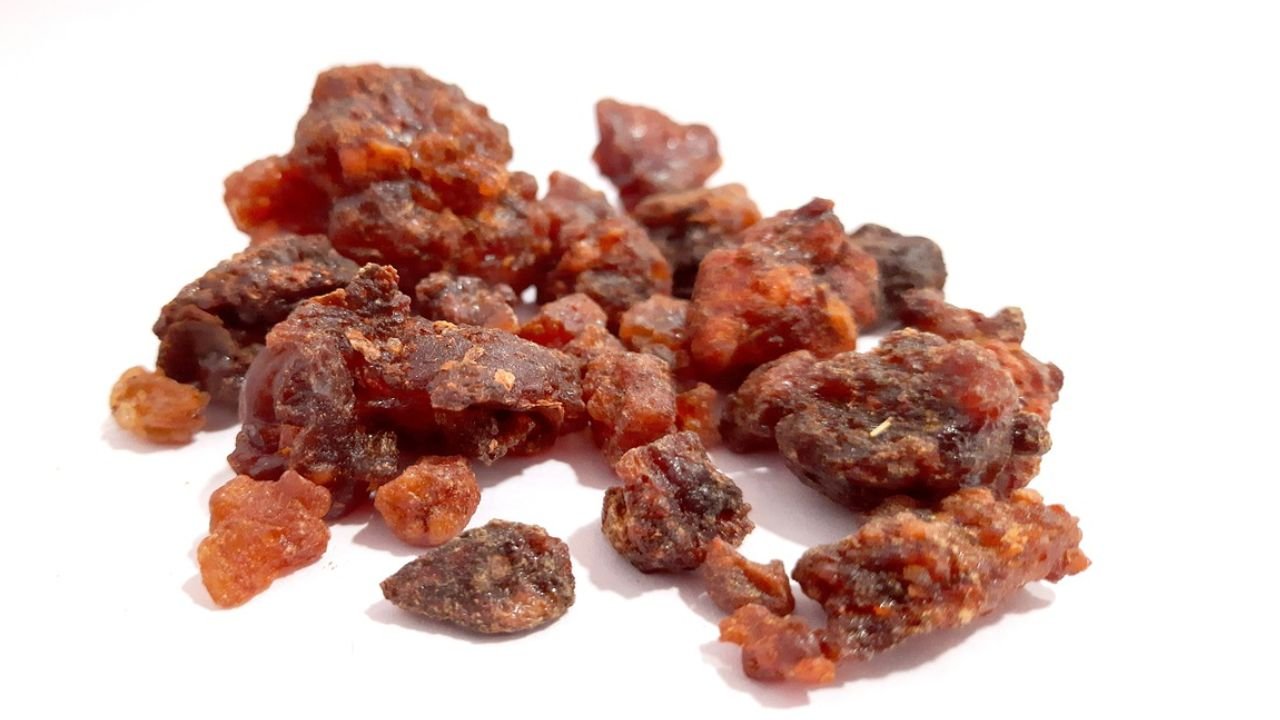
Scientific Name
Boswellia sacra
Synonyms
Boswellia carteri Birdw., Olibanum
Family
Burseraceae
Habit
Frankincense is obtained from the resin of the Boswellia tree. These trees are small to medium-sized, deciduous trees. Their bark is like paper which can be easily peeled. The height of these trees is up to 8 meters, and resin is produced from them through tapping.
Habitat
Boswellia trees are found primarily in the dry and mountainous regions of the Middle East. These are especially found in areas like Oman, Yemen, and Somalia. These trees require dry, rocky, and well-drained soil to grow. They often grow in such harsh conditions that no other plant can tolerate them.
Common Name
Frankincense, Olibanum
Chemical Composition
Several chemical components are found in frankincense resin, including:
- Boswellic Acid: The primary active compound, known for its anti-inflammatory properties.
- Essential oil: Mainly composed of α-pinene, limonene, and myrcene.
- Polysaccharides: Support the immune system.
- Terpenes and terpenoids: Contribute to antiseptic and anti-inflammatory properties.
Plant Parts Used
Resin, also known as gum or oleoresin, is the primary part of the plant used for medicinal and therapeutic purposes. It is harvested by making an incision in the bark of the tree.
Properties
Ayurvedic Properties
In Ayurvedic, Frankincense is known as Kunduru. It is classified as:
- Rasa (taste): Bitter (Tikta), Astringent (Kashaya)
- Guna (quality): Light (Laghu), Dry (Ruksha)
- Virya (potency): Heating (Ushna)
- Vipaka (post-digestive effect): Pungent (Katu)
Therapeutic properties
It has a wide range of medicinal properties, which include:
- Anti-inflammatory: Reduces inflammation in conditions like arthritis.
- Analgesic: Provides relief from pain.
- Antimicrobial: Fights various pathogens.
- Immunomodulatory: Boosts and regulates the immune system.
- Expectorant: Helps clear mucus from the respiratory tract.
- Astringent: Tightens tissues and reduces bleeding.
- Antioxidant: Protects cells from oxidative damage.
Uses of Frankincense
Respiratory health
Frankincense may be especially beneficial for respiratory problems. Its expectorant properties help reduce bronchitis, asthma, and cold symptoms. It is often used in steam inhalation or as an essential oil in diffusers to clear airways.
Anti-inflammatory and pain-relieving
It contains boswellic acid which has powerful anti-inflammatory effects. It can help manage arthritis, rheumatoid arthritis, and osteoarthritis.
Skin health
It can be widely used for skin care due to its astringent and regenerative properties. It helps in treating wounds, scars, and acne. It can also be used to reduce the symptoms of aging.
Digestive Health
Frankincense may aid digestion by reducing inflammation in the intestine and promoting the secretion of digestive enzymes. It may also help treat conditions such as Irritable bowel syndrome (IBS) and Crohn’s disease.
Immune support
The immunomodulatory effects of frankincense make it a valuable remedy for boosting the immune system. It can help protect the body from infections.
Mental Health and Relaxation
The aromatic properties of frankincense are used in aromatherapy to promote relaxation and mental clarity. It may help reduce stress, anxiety, and depression, and is used to increase focus and calmness.
Precautionary Measures
While frankincense is generally safe for most people, it should be used with caution and be aware of the following:
- Allergic reactions
- Pregnancy and breastfeeding
- Avoid using internal
- May interact with some medication
Conclusion
Frankincense has been a valuable medicinal for centuries due to its medicinal applications. It is rich in many properties due to which it remains an important part of both traditional and modern medicine. Knowing its uses, you can use it in many ways, but while using it medically, it is necessary to consult a doctor because it can be harmful in many conditions.
Remember, before starting any new wellness regimen, it’s always best to consult with a healthcare professional to ensure it is suitable for your specific needs and circumstances.

